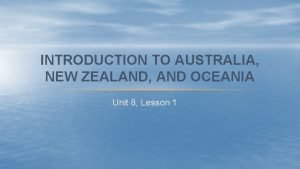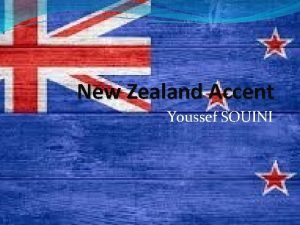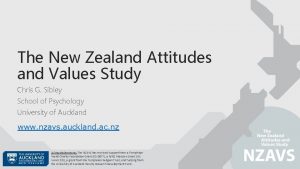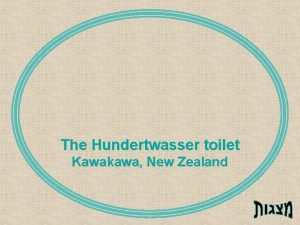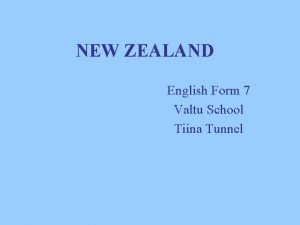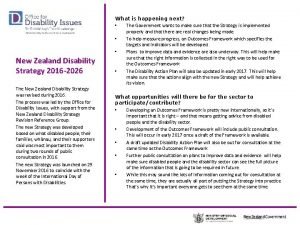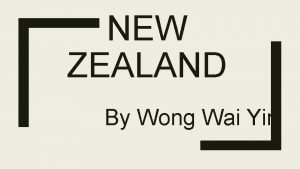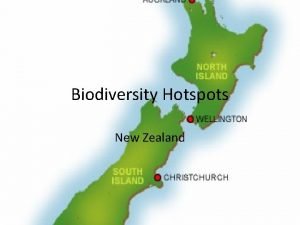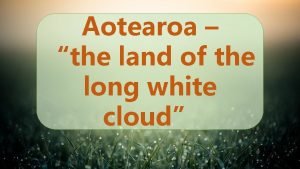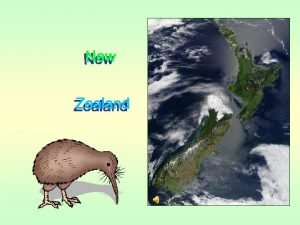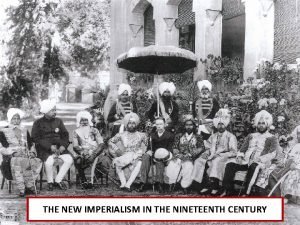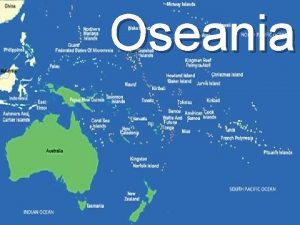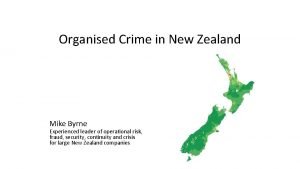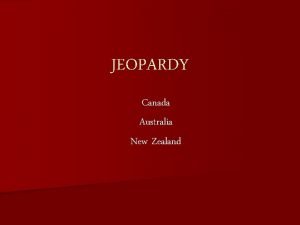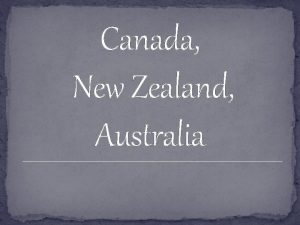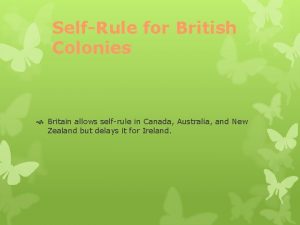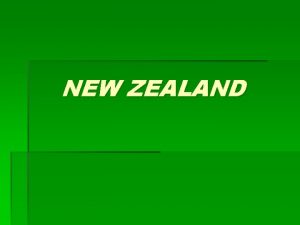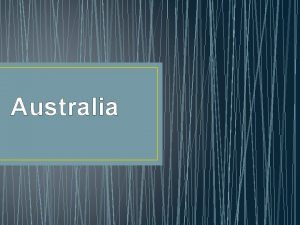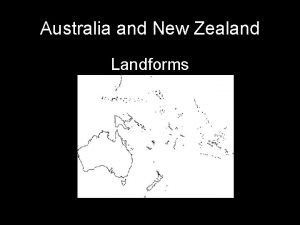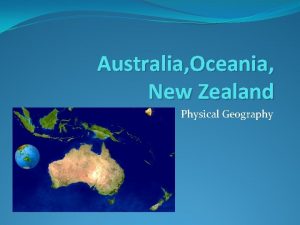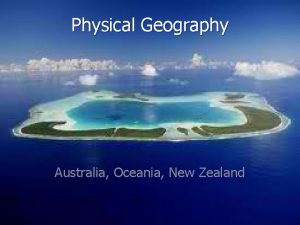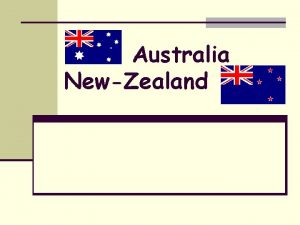SelfRule for Canada Australia and New Zealand Chapter















- Slides: 15

Self-Rule for Canada, Australia, and New Zealand Chapter #10 – Section #3

Canada Achieves Self-Rule After France lost Canada to Great Britain in 1763, thousands of French-speaking Catholic settlers remained. After the American Revolution, about 30, 000 British loyalists fled to Canada. They were English-speaking Protestants. Several Native American peoples lived in eastern Canada became very diverse and divided.

Unrest in Two Canadas To ease ethnic tensions, Britain passed the Constitutional Act of 1791, which created two provinces: 1. English-speaking Upper Canada (now Ontario), where English traditions and laws were kept. 2. French-speaking Lower Canada (now Quebec), where French traditions and the Catholic Church were protected. Unrest grew in in both colonies, as the people resented the power held by a small group of elites who controlled the government. Rebellions followed as Louis Joseph Papineau, head of the French Canadian Reform party, and William Lyon Mackenzie, led rebellions in Upper and Lower Canada.

Britain Responds Britain learned from the American Revolution. Instead of going into full-scale war against the rebels, they put down the disorder and sent a talented politician, Lord Durham, to compile a report on the causes of the unrest. Acting on Durham’s report, The British Parliament passed the Act of the Union, which included: - joining the two Canadas into one province. - it also provided an elected legislature that determined some domestic policies. - Britain still controlled foreign policy and trade.

Canada Becomes a Dominion In the mid-1800 s, thousands of English, Scottish, and Irish people immigrated to Canada. As the country grew, two Canadians, John Macdonald and George Etienne Cartier, urged confederation=unification of Britain’s North American colonies. - these colonies included Nova Scotia, New Brunswick, Prince Edward Island, and British Columbia, as well as Upper and Lower Canadas. To protect against American ambitions and help its economic development, Britain passed the British North American Act of 1867. - the act created the Dominion of Canada. - Canada had its own parliament, modeled after Britain’s.

Canada Grows Like the United States, Canada expanded westward in the 1800 s. The Canadian Pacific Railway opened, liking eastern and western Canada. Wherever the railroads went, settlers followed. In the late 1800 s and early 1900 s, immigrants flooded into Canada. Westward expansion destroyed the way of life for Native Americans in Canada. Most were forced to sign treaties giving up their lands. Louis Riel led a revolt of the metis, people of mixed Native American and French Canadian descent in 1869 and 1885. Many metis were French-speaking Catholics who believed that the government was trying to take their lands, and destroy their language and religion.

Louis Riel & the Metis

Europeans in Australia Read pg 334 and 335. Witness History Video: - Australia: The Story of a Penal Colony.

The Aborigines

New Zealand’s Story New Zealand is located southeast of Australia. In 1769, Captain Cook claimed its islands for Britain. Missionaries landed there in 1814 to convert the indigenous people, the Maori, to Christianity. The Maori were seafaring people who had reached New Zealand from Polynesia in the 1200 s. They were determined to defend their land from British settlers. White settlers were attracted to New Zealand’s mild climate and good soil. In 1840, Britain annexed New Zealand. Colonists poured in and took more and more land, leading to fierce wars with the Maori. Many Maori died in the struggle. More died from disease, alcoholism and other misfortunes that followed European colonization. By the 1870 s, the Maori resistance crumbled. Their population fell from 200, 000 to less than 45, 000 in 1896. Only recently has the population started to grow. White New Zealanders wanted self-rule. In 1907, they won independence, with their own parliament, prime minister, and elected legislature. They still preserved close ties to the British empire.

The Maori

Homework Section 3 Assessment: - Answer (#1, 3 – #6) - Pg. 336.



Ethnic Polynesians Samoans Tahitians Hawaiians Maori Rapa nui Tongans Niueans Tuvaluan Total population: 2, 000
 Lesson 1 physical geography of australia and new zealand
Lesson 1 physical geography of australia and new zealand Internal medicine society of australia and new zealand
Internal medicine society of australia and new zealand Slidetodoc.com
Slidetodoc.com New zealand attitudes and values study
New zealand attitudes and values study When did hundertwasser move to new zealand
When did hundertwasser move to new zealand New zealand national sport
New zealand national sport New zealand disability strategy
New zealand disability strategy Wong wai yin
Wong wai yin Alpha lipid lifeline nz
Alpha lipid lifeline nz New zealand biodiversity hotspot
New zealand biodiversity hotspot Aotearoa the land of the long white cloud
Aotearoa the land of the long white cloud What is the capital of new zealand?
What is the capital of new zealand? Natives of new zealand
Natives of new zealand Urfolk new zealand
Urfolk new zealand Mike yin new zealand
Mike yin new zealand New zealand health strategy 2016
New zealand health strategy 2016
